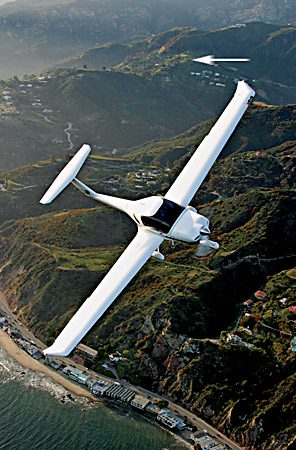Originally posted by xviper
View Post
Much agree that that full scale flying has little to do with RC. I have almost ten thousand hours and crash RC planes my fair share lol.
But I when it comes to the downwind turn, RC and full scale are the same bc the aerodynamic principles are the same. There are many articles on the topic.
Cheers!










Comment